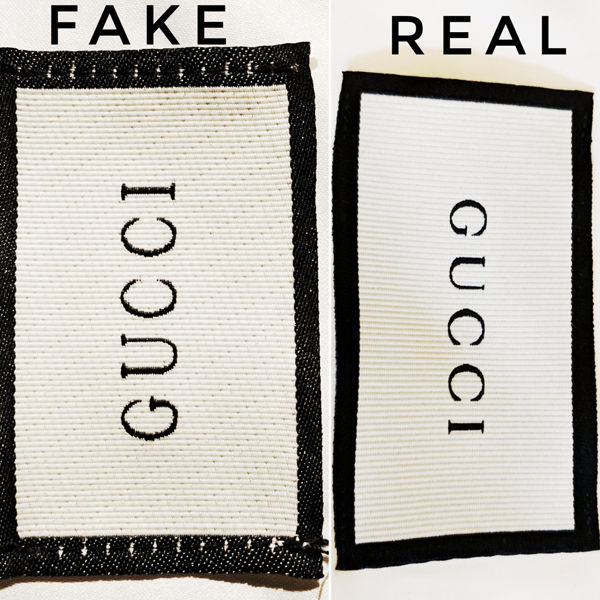The Best Method for Dating Vintage Costume Brooches
- Amelia

- Jan 20, 2020
- 3 min read
If you’re anything like myself, then dating your vintage and antique costume brooches can be quite a daunting task, especially if you’re going to go on to sell it! Costume jewellery is often devoid of hallmarks, as it tends not to be constructed from precious metals. However, that’s not to say it isn’t valuable! Whenever I identify and date a piece of jewellery and then list it on my shop (https://www.etsy.com/uk/shop/SwabyCollections), there’s always a little Devil on my shoulder, whispering in my ear that I’ve got it wrong. However, by staying true to the following tried and tested techniques, I’m able to get it right every time!
Look to the hardware!
When I say hardware, I’m referring here to the fastening element of the jewellery e.g. the clasp, pin, earring back, etc. Personally, I have found that this is the best method for dating vintage or antique costume jewellery (unless it is stamped with a manufacturer name, such a ‘Hollywood’ or ‘Napier’, for example).
C-Clasp
First up is the traditional C-clasp which, coincidentally, is a simple hook shaped like the letter C. This clasp is usually used on older brooches, however, it was used well into the 1930s. On older brooches, the pin often extends beyond the C-clasp, as the brooches were designed to hold heavier garments. As time went on the pins eventually became shorter. As a disclaimer, I must mention here that sometimes C-clasps can be seen in use on modern jewellery, but they tend to be cheaper pieces.
Here’s a typical C-clasp:

Figure 1: Jay B. Siegal - Warman's Costume Jewellery.
Trombone Clasp
The trombone clasp, unsurprisingly, was named after the musical instrument due to its shape and design. It was patented in Europe in 1850 and was used from then and into the 1950s. Jewellery which uses this design tends to have been manufactured in Europe. After the 1950s, this hardware went rather out of style, being replaced by the safety clasp (see below).
Here’s a typical trombone clasp:

Figure 2: All about jewellery clasps - World of Eccentricity & Charm
Safety Clasp
The safety clasp is probably the most common type of clasp used on vintage costume brooches (making them all the more difficult to date). These little clasps were used from the 1920s onward and are still in use today. One way to find out if your item is older is to have a look at the way in which the clasp is constructed; earlier variations featured a lever that closed the clasp, whilst newer versions have a rollover closure.
Here’s a 1930s safety clasp (featuring the lever):

Spring Clasp
This clasp behaves like a modern safety pin and I’m sure that we’re all more than acquainted with it. It can also be known as a spring ring clasp and it is generally believed to have been introduced in the 1920s; I was going to say ‘in the 20s’ here, but were in the 20s again – how exciting! These clasps are most commonly found on hand made brooches from the mid-20th century, however, they were used from the late 1800s onwards!
Here’s an example of a spring clasp:

Hopefully these explanations and examples have helped you to identify your own vintage brooches and pins! I’m sure I’m not alone in saying #bringbackthebrooch.
Please comment, share with your fellow vintage enthusiasts and let me know if there’s anything specific you want me to write about. To share this article, use the share buttons below. You can also use the social media buttons at the top and bottom of this page to visit my pages. If you want to keep up to date with my listings and discounts, then make sure to sign up for my mailing list and follow my store (https://www.etsy.com/uk/shop/SwabyCollections) on Etsy.






Comments